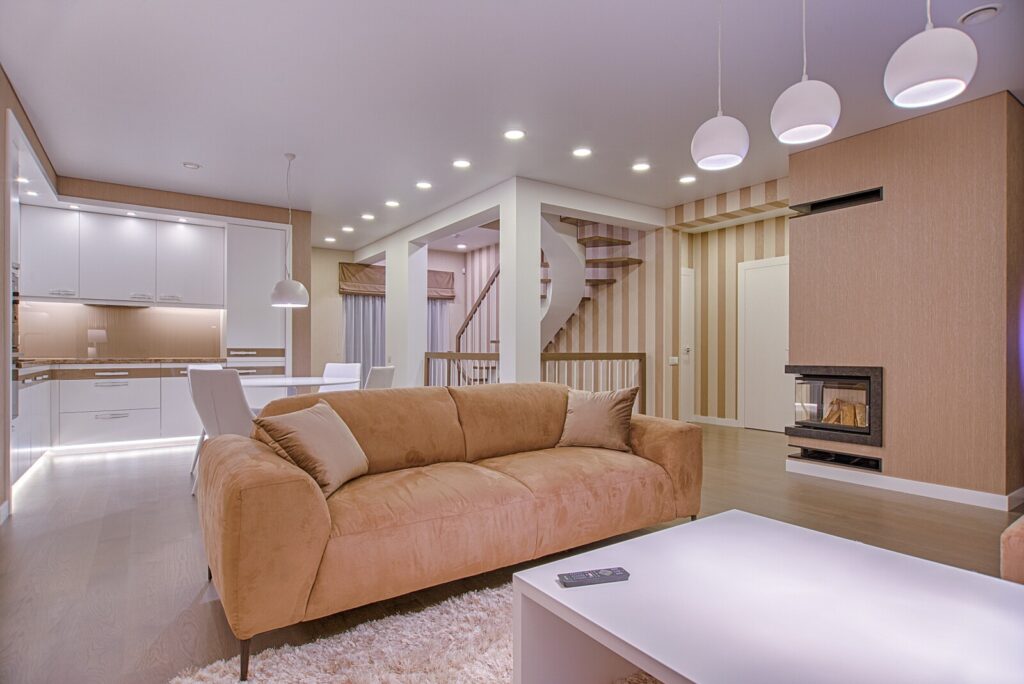Light Bulb Shopping Simplified – What You Need to Know
Are you unsure what kind of light bulb to buy for your home? There are so many differences between different types of lighting – kinds with differing wattages, colors, and shapes. Look at this Light Bulb Buying Guide to ensure you choose the best option! Here, we’ll break down the factors that go into finding the ideal light bulb for any room in your house. With helpful tips on energy efficiency and price comparisons, you can be confident in making an informed choice. Read on to get started today!
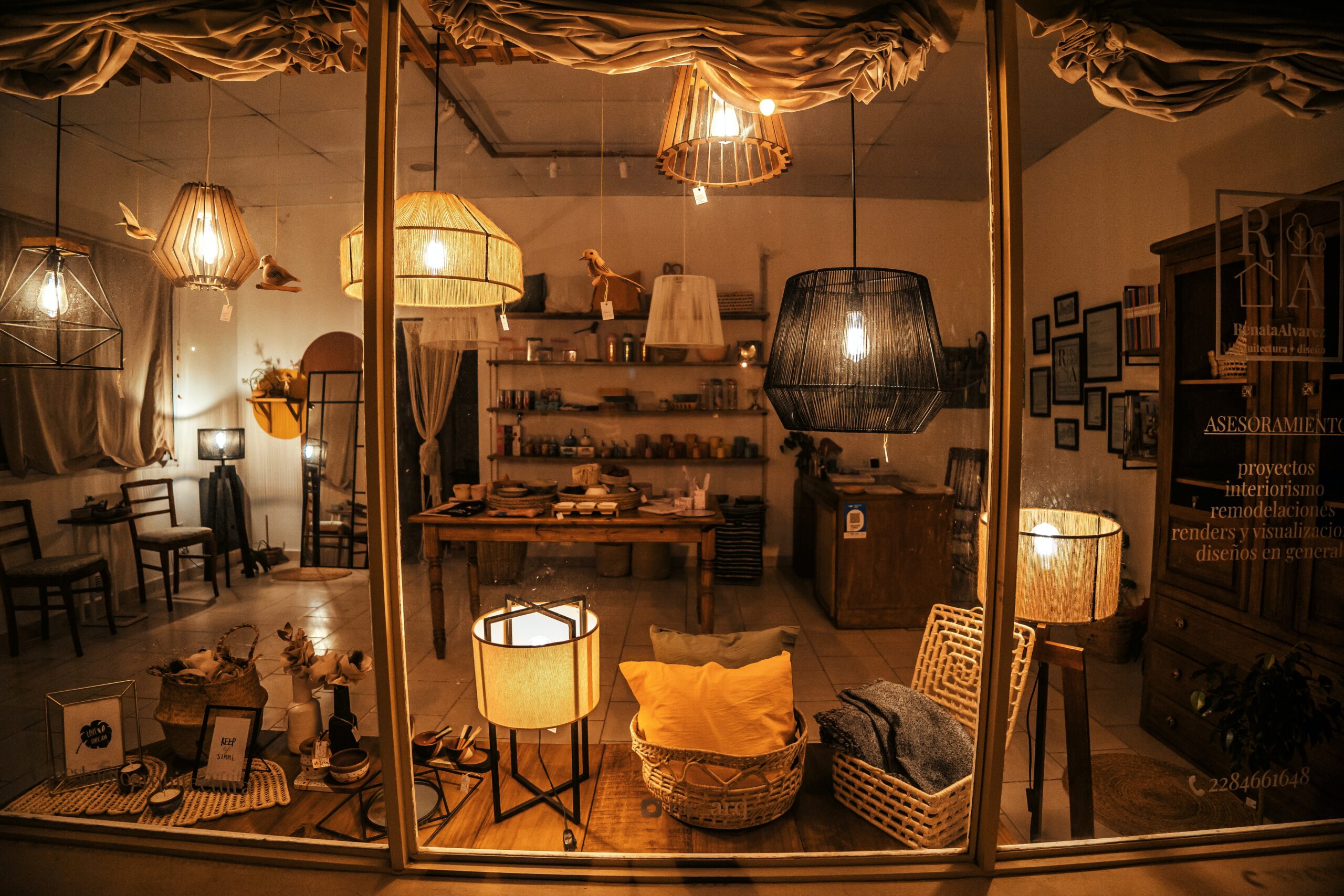
Light Bulb Shopping Simplified – What You Need to Know
Overview Of Different Types Of Light Bulbs
Regarding selecting light bulbs, various options are available in the market. Each type of bulb has its unique features, advantages, and disadvantages. Incandescent light bulbs are the traditional bulbs widely used in households, but they are not energy-efficient and tend to have a shorter lifespan. Incandescent bulbs are less energy efficient and have a shorter life span than compact fluorescent lamps. LED or Light Emitting Diodes bulbs are the latest technology in lighting and are highly energy-efficient, have a longer life, and emit less heat. Incandescent bulbs are similar to halogen bulbs but last longer and use less electricity. By knowing the different bulbs available, consumers can decide which type best fits their needs.
– Incandescent Bulbs
Incandescent bulbs have been a staple in households for over a century. Though undoubtedly less energy-efficient than modern alternatives, their warm and comforting glow has helped shape the aesthetic of our homes. However, with increasing environmental concerns and technological advancements, incandescent bulbs are becoming a thing of the past. While some may lament their disappearance, it is important to acknowledge the benefits of LED and CFL bulbs, from their energy efficiency to their long lifespan. As we transition into a greener future, we must embrace these new technologies and a more sustainable lifestyle.
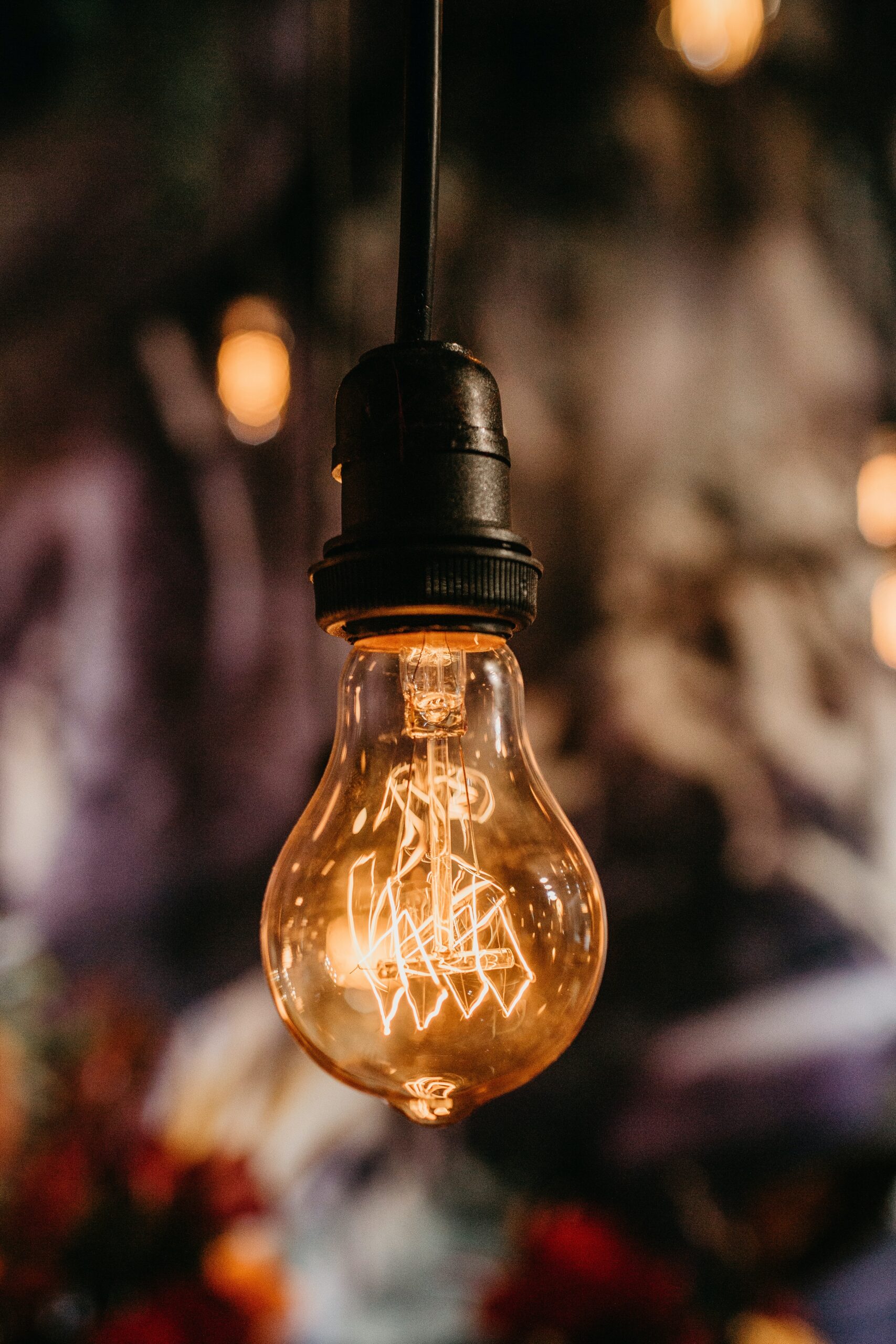
Incandescent Bulbs
– LED Bulbs
LED bulbs have increasingly become a popular choice among companies and individuals as they strive to reduce their carbon footprints and reduce energy bills. These bulbs are highly efficient and long-lasting, providing illumination for years without needing to be replaced. Aside from being more environmentally friendly and safer than incandescent bulbs, LEDs contain no harmful elements like mercury. Plus, with technological advancements, the range of color temperatures and brightness options for LED bulbs have greatly improved, allowing for greater flexibility in lighting design. Overall, LED bulbs provide a professional and eco-conscious lighting solution for any setting.
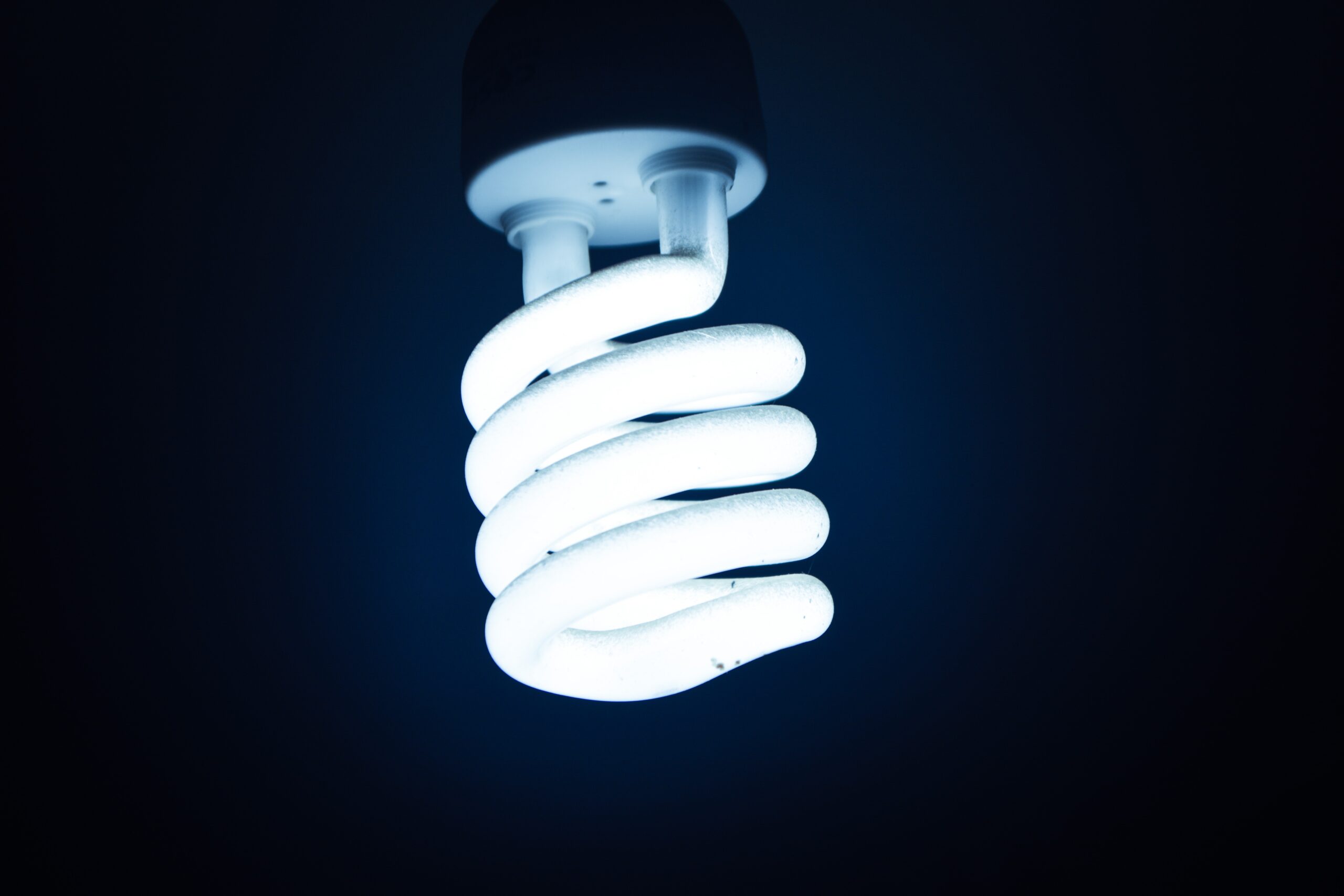
LED Bulbs
– CFL Bulbs
CFL bulbs, or compact fluorescent light bulbs, are highly efficient and cost-effective for lighting your home or workspace. These bulbs can save money on your energy bill and reduce your carbon footprint. CFL bulbs are estimated to last up to ten times longer than traditional incandescent bulbs and use 75 percent less energy. This means fewer trips to the store to replace burned-out bulbs and less wasted energy. Additionally, CFL bulbs emit less heat, which can help keep your space cooler in the summer months. CFL bulbs are just one small step towards a more sustainable future that can be taken by professionals who consider our impact on the environment.
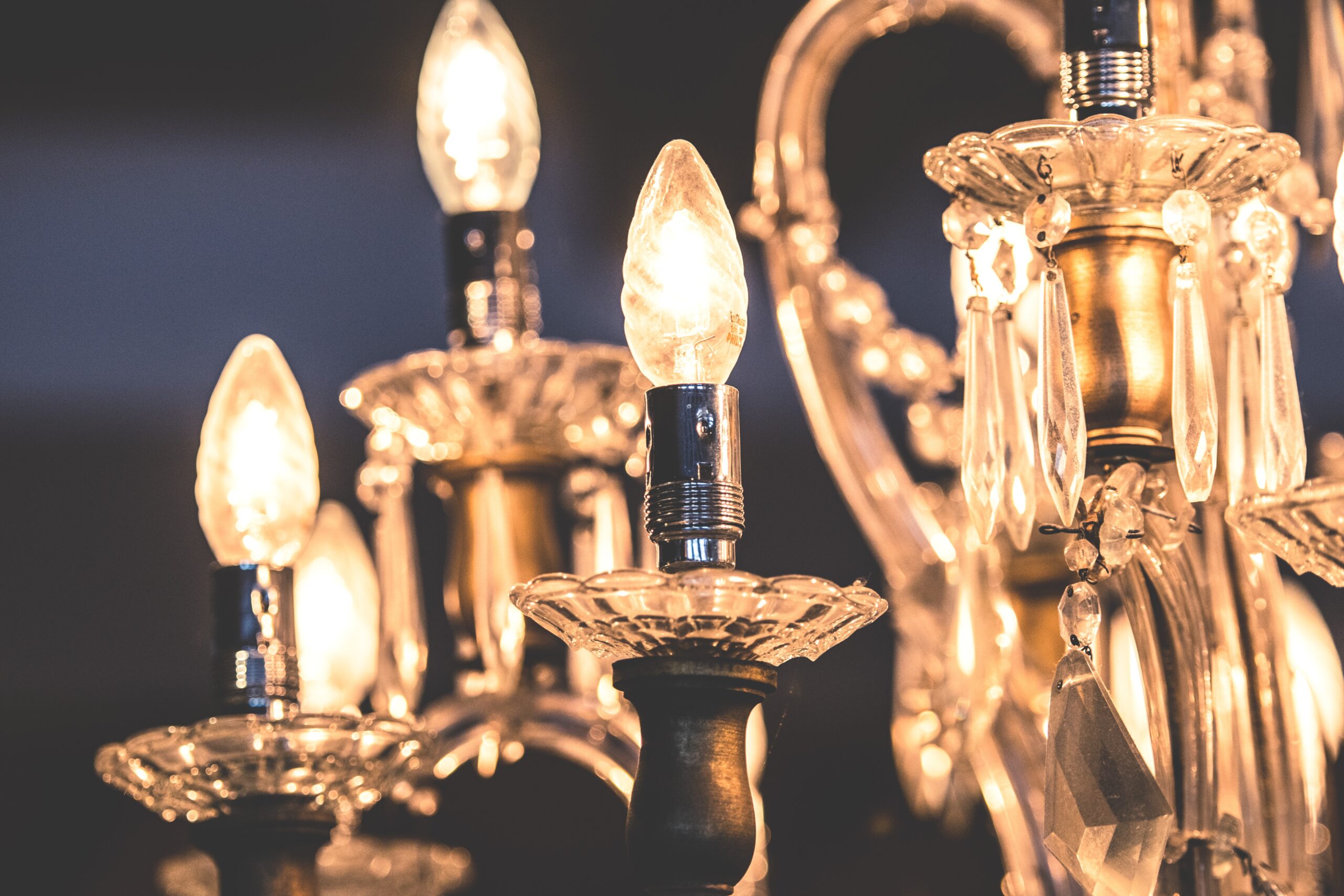
CFL Bulbs
Benefits And Drawbacks Of Incandescent Bulbs
Incandescent bulbs have been a traditional lighting source for many years; however, modern advancements in lighting technologies have resulted in their disuse. Incandescent bulbs are predominantly found in older homes and are being phased out in favor of more energy-efficient lighting solutions. One of the significant benefits of incandescent bulbs is that they produce a warm and inviting light that enhances the ambiance of a room. They are also relatively inexpensive and easily accessible. On the downside, incandescent bulbs consume more energy than their LED or CFL counterparts. Additionally, they have a shorter lifespan, and their energy output is less effective as they waste more energy producing heat than light. Despite their drawbacks, many people still prefer incandescent bulbs for their lighting needs.
Benefits And Drawbacks Of LED Bulbs
Since LED bulbs are more energy efficient and last longer than traditional incandescent bulbs, they have become more popular in recent years. The life of LED bulbs exceeds 25 times that of incandescent bulbs in terms of energy efficiency and heat emissions. This translates not only to cost savings on monthly energy bills but also to fewer replacements over time. However, LED bulbs have some drawbacks, such as their upfront cost, limited color options, and potential for blue light disruption. However, despite these drawbacks, LED bulbs still offer quality lighting, making them an attractive option for homeowners and businesses alike.
Benefits And Drawbacks Of CFL Bulbs
As technology advances, we constantly seek new, energy-efficient ways to light our homes and buildings. One solution that has gained popularity over the years is the Compact Fluorescent Lamp (CFL) bulb. There are several benefits to using CFL bulbs, including energy efficiency, cost savings, and a longer lifespan compared to traditional incandescent bulbs. However, there are also certain drawbacks to consider. When CFL bulbs are not disposed of properly, they are dangerous because they contain mercury, which can be harmful. It takes them a few moments to warm up and reach their full brightness. Despite these drawbacks, CFL bulbs remain viable for those seeking to reduce energy consumption and save on utility bills.
A Few Tips For Choosing The Right Light Bulb
When selecting the ideal light bulb for your home or office, there are various factors to consider to achieve the right ambiance and functionality. One important consideration is the bulb’s level of brightness or lumens, which can range from dim to bright and can significantly impact the overall feel of a space. Another factor to evaluate is the bulb’s color temperature, which determines the warmth or coolness of the light it emits. Additionally, the type of bulb and its energy efficiency should also be taken into account, as well as the intended use and location of the fixture. Considering these factors and more can help you make an informed decision and choose the perfect light bulb for your needs.
– Brightness Needs
In today’s digital age, brightness is crucial to any display or screen. With so much content available online, it’s essential to have a bright display that enhances the user’s experience. Whether you’re an avid gamer, a graphic designer, or simply someone who enjoys binge-watching your favorite shows, brightness can make all the difference. But it’s not just about the brightness level – tone is also essential. A professional tone of voice can elevate your content and make it more engaging. So if you want your message to stand out in a sea of information, pair your bright display with a professional tone.
– Cost
Regarding business, cost is a crucial element that needs to be considered. In today’s competitive economy, every penny counts, so it’s essential to ensure that you are spending your money wisely. Business owners often need help to balance keeping costs low while still providing high-quality products and services. The key is identifying areas where you can save without compromising your business’s standards. This might involve negotiating better prices with suppliers, re-evaluating your current processes, or implementing new technologies to streamline your operations. Taking a strategic approach to cost management ensures your business remains profitable, even in challenging economic conditions.
– Color Temperature Preference
Color temperature preference is a topic that can be quite subjective, as everyone might have their unique preference. Some prefer warm, yellowish lighting that gives a cozy feel, and others prefer cool, bluish lighting for a more refreshing and energizing atmosphere. Additionally, different color temperatures work better in different situations, such as warmer colors for intimate settings like bedrooms and cooler colors for offices and workspaces. Whatever color temperature you prefer, understanding how it affects our moods and productivity is important.
How To Properly Dispose Of Light Bulbs
Properly disposing of light bulbs is a crucial yet often neglected aspect of household waste management. As energy-efficient bulbs like CFLs and LEDs have become more popular, it’s important to know how to dispose of them safely and environmentally responsibly. When broken or discarded in the trash, old bulbs may release harmful chemicals and threaten human health and the ecosystem. Ensure you follow the guidelines of your local recycling center or waste management facility when disposing of bulbs properly. Generally, it’s best to wrap bulbs in newspapers or tissues and place them in a sealed bag or container before disposing of them in designated collection bins or through mail-in programs. These simple steps can protect your health and environment while contributing to a more sustainable future.
It is important to consider the environmental impact and cost of using different types of light bulbs before deciding for your household or business. Incandescent bulbs offer the most affordability and can be used in applications where lighting isn’t needed frequently. LED and CFL bulbs provide more efficiency but come with higher upfront costs. Prioritize your brightness needs, budget availability, and color temperature preference before investing in any light bulb. Be sure to properly dispose of old light bulbs by local regulations to avoid potential hazardous emissions. With this Light Bulb Buying Guide, you now have tips and resources to help you purchase the best light bulb and gain insight into more eco-friendly ways.

